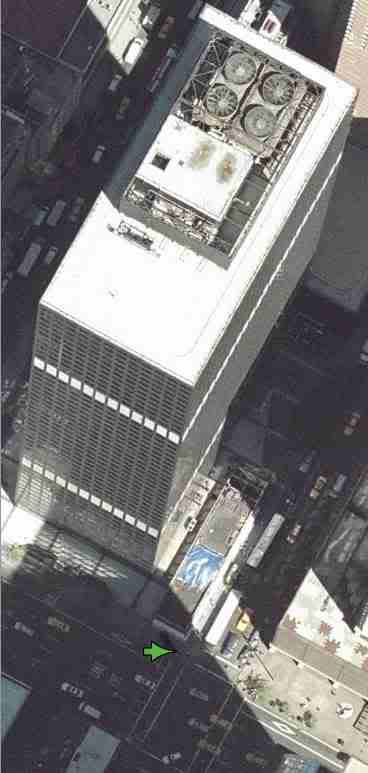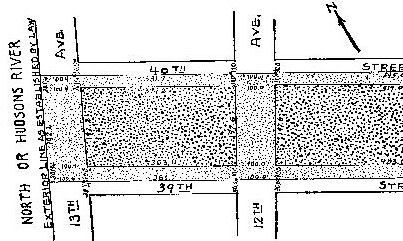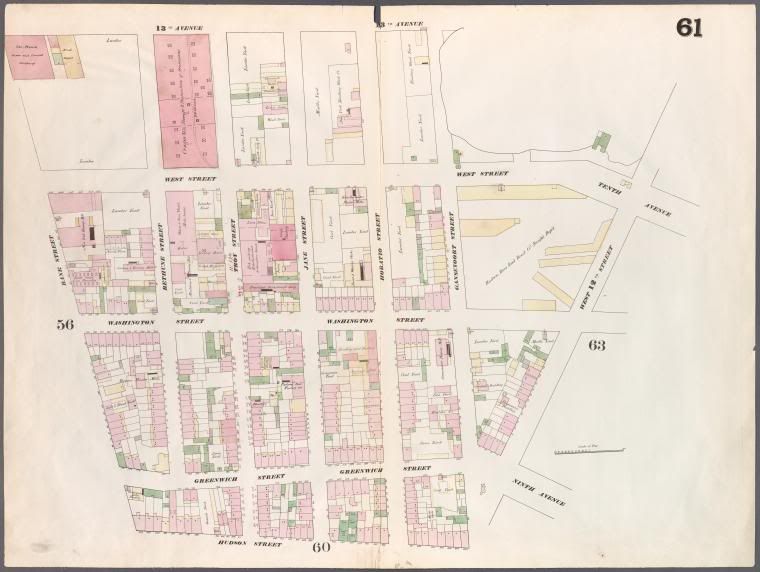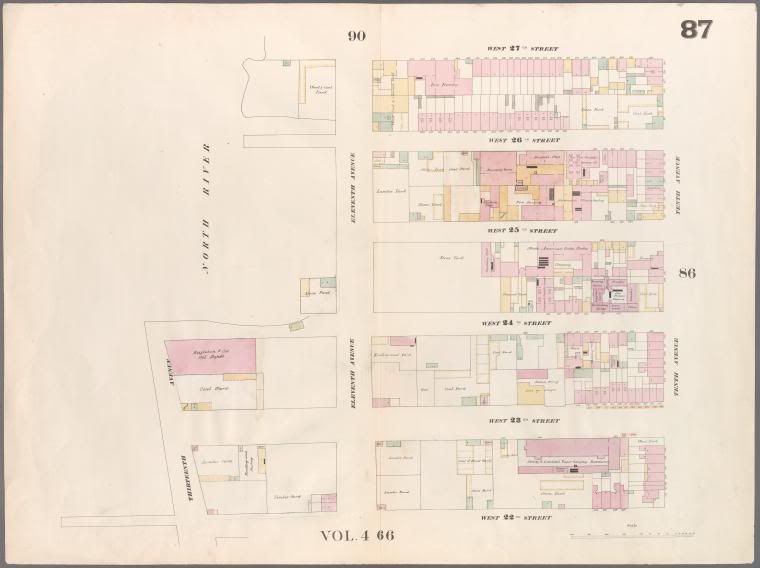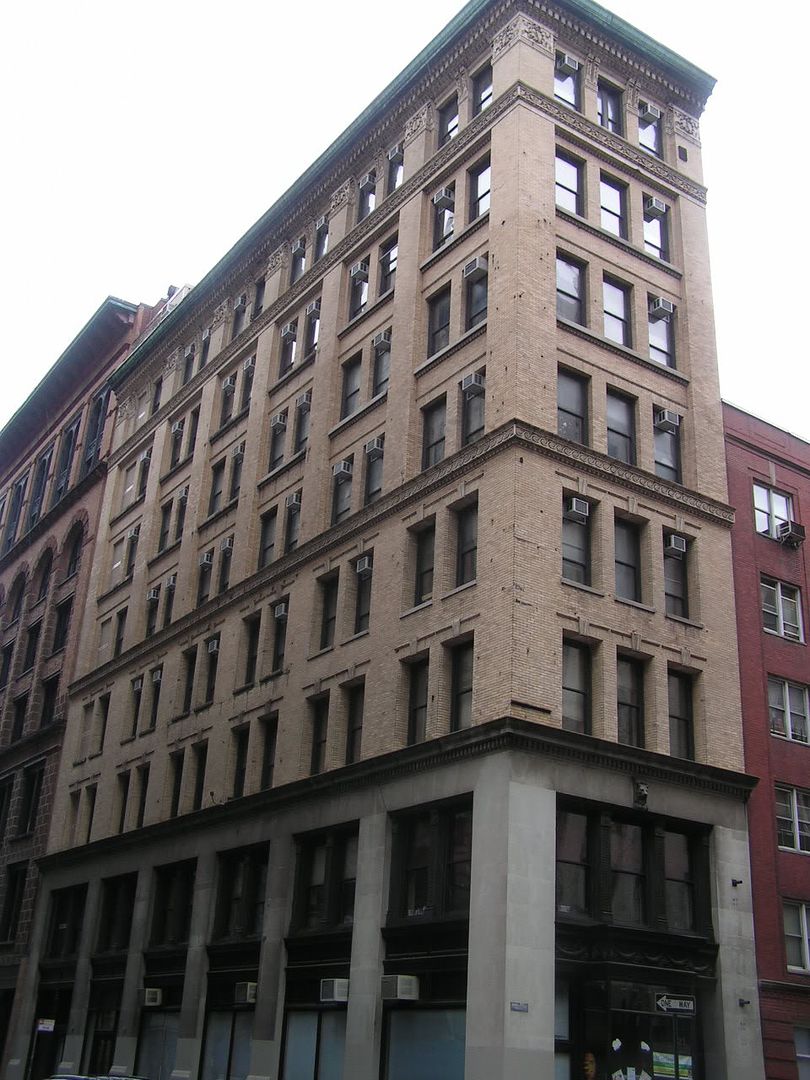405-465 West 23rd Street

Constructed in 1865, the twenty-six elegant and pilastered London Terrace townhouses were set back on deep lots on West 23rd Street, between Ninth and Tenth avenues, which permitted substantial space for each of the houses to have gated yards in the front. They were built by William Torrey, who leased the land from Bishop Clement C. Moore, author of the famous poem "Twas the Night Before Christmas" and son of a former president of Columbia University. These houses, together with a group of cottages that Torrey built behind them facing 24th Street, became a popular residential quarter for individuals in the literary and art world.
But by 1929, the leases on all but a couple of the properties had fallen into the hands of developer Henry Mandel – for reportedly just over $4,000,000 – who set his sights on constructing the largest apartment building in the world. The contiguous beauty of the long row of townhouses was apparently lost on Mr. Mandel, who saw only an easy demolition opportunity. "The section which we will develop is one of the most logical areas in the downtown section for the purpose," he observed to The New York Times. "Here may be found about the only unbroken rows of old-style buildings which lend themselves readily to destruction without the interference of newer structures." (It may just as well have been Henry Mandel whom Le Corbusier was referring to when he noted that "immense industrial undertakings do not need great men.") Mandel cared nothing for the historic or aesthetic qualities of the property. "The convenience of the section to the midtown and shopping centres," he added to the Times, "offers another logical reason for such development."
Mr. Mandel got a court order; she obtained a stay; he secured a declaration from the Department of Buildings that the house was unsafe; she obtained another stay; he had an eviction order signed; she became ill.
 The mammoth structure that replaced the London Terrace townhouses was designed by the architectural firm of Farrar & Watmough and contained 1,665 apartments – instantly making it the largest residential building in the entire city of New York. Today the building is divided into two separate residences: London Terrace Towers, consisting of the four towers at the corner of the building, and London Terrace Gardens in the center of the block.
The mammoth structure that replaced the London Terrace townhouses was designed by the architectural firm of Farrar & Watmough and contained 1,665 apartments – instantly making it the largest residential building in the entire city of New York. Today the building is divided into two separate residences: London Terrace Towers, consisting of the four towers at the corner of the building, and London Terrace Gardens in the center of the block.

